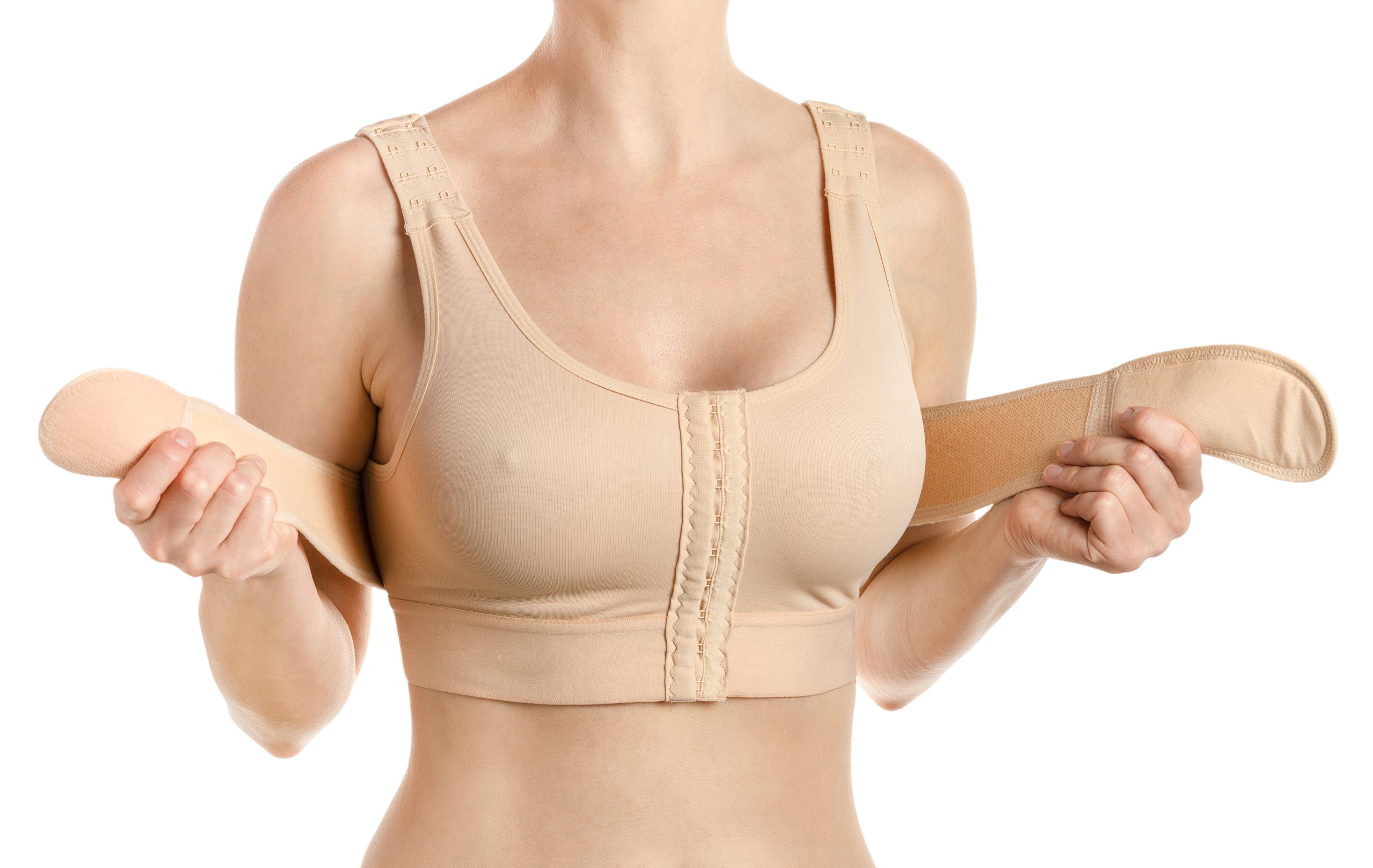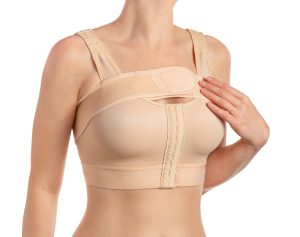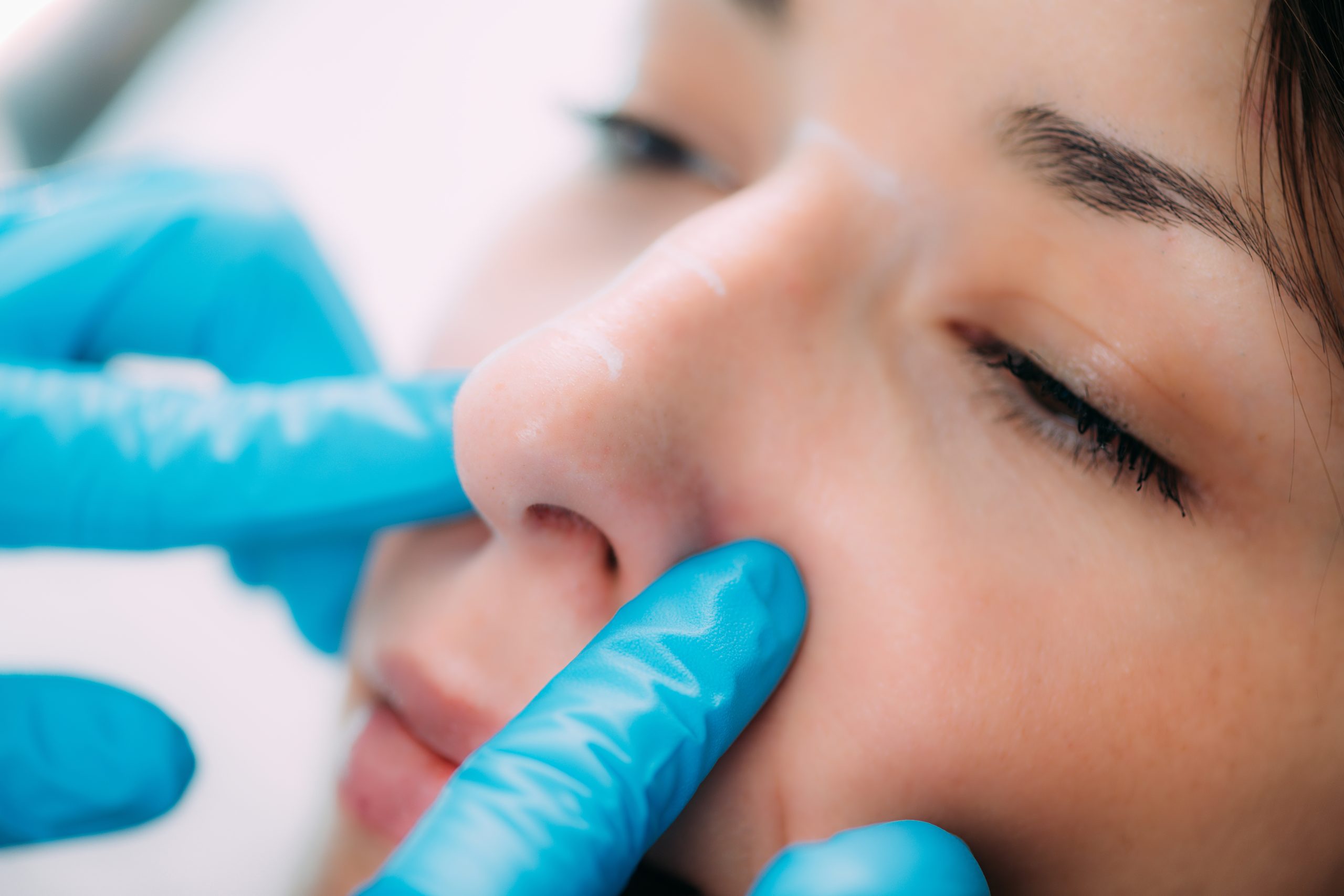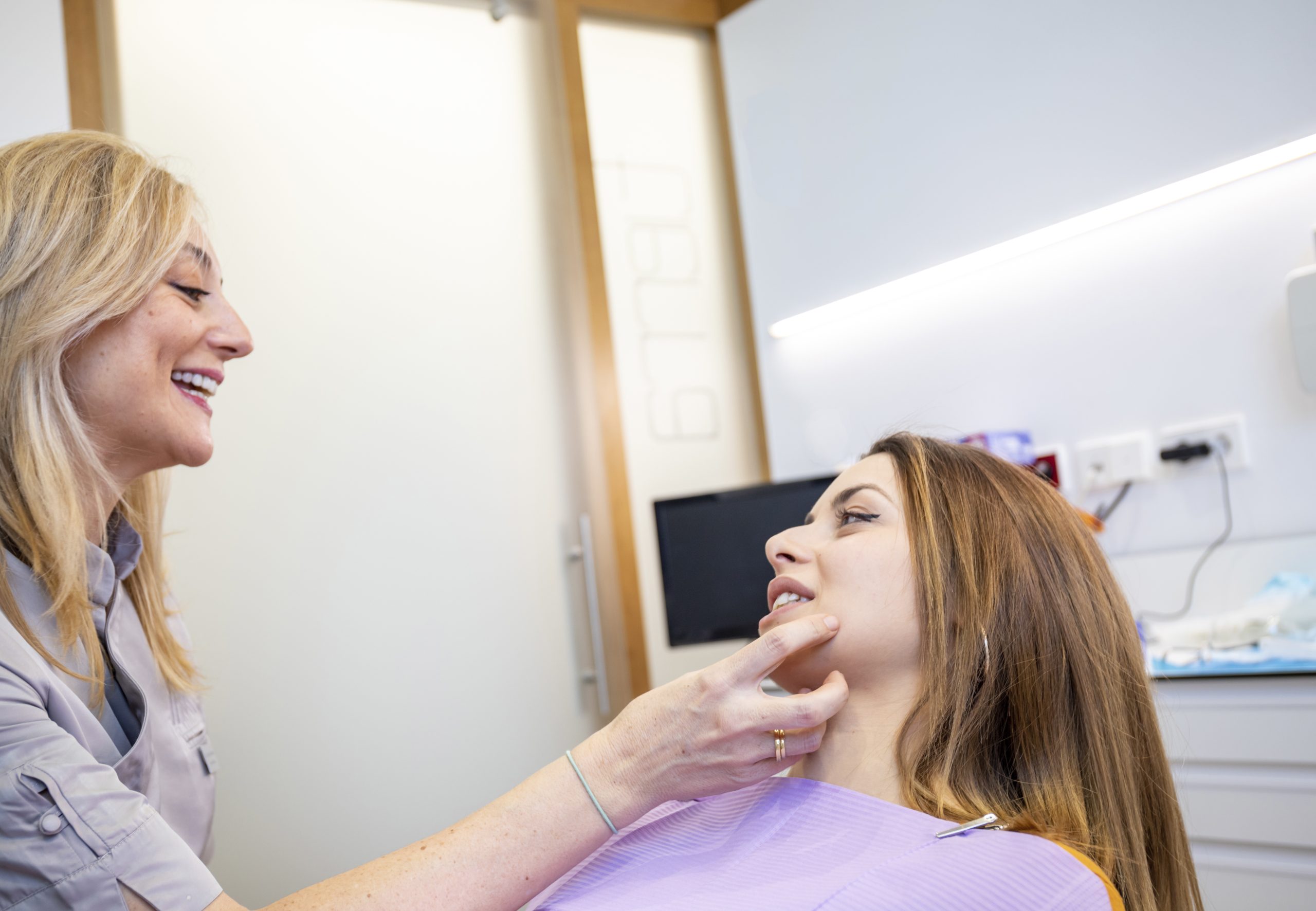Week 1: Take It Slow but Stay Mobile
The first week of recovery from breast augmentation is all about balancing gentle activity with plenty of rest. You’ll likely be wearing your post-surgical bra 24/7—it’s not glamorous, but it’s vital for minimising swelling, protecting your implants, and encouraging them to settle into the correct position.
You will begin to feel more comfortable as the days go by, but it’s still important not to rush. Avoid any bouncing or strain on your chest—so no workouts, running, or lifting heavy bags! You also won’t be able to drive for the first 48 hours (or longer if you’re still on prescription pain medication).
Top tip: Remember that while your energy may return quickly, your body is still doing a lot of healing behind the scenes.
Weeks 2–4: Progress and Positivity
Most people start feeling significantly better at this point in the recovery process. Your swelling continues to ease, any remaining bruising fades, and your implants begin to settle—taking on a softer, more natural shape in a process often called “drop and fluff” (unless you’ve opted for polyurethane implants, which behave differently).
During these weeks, you can usually return to many everyday activities. You might even head back to work if your job isn’t too physical. But you should still avoid high-impact movement or anything that strains your upper body. If you’re unsure about a particular activity—gym class, swimming, or even trying on a new bra—check in with your surgeon first.
Top Tip: Even if you feel back to normal, healing continues beneath the surface. Don’t undo your progress by doing too much too soon.





